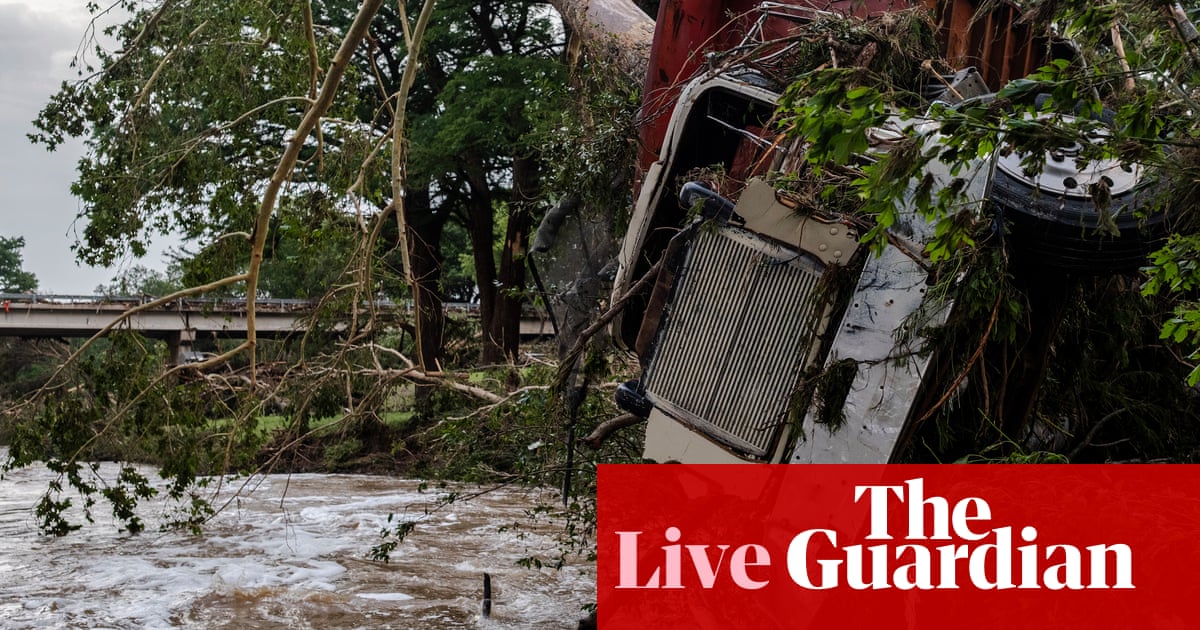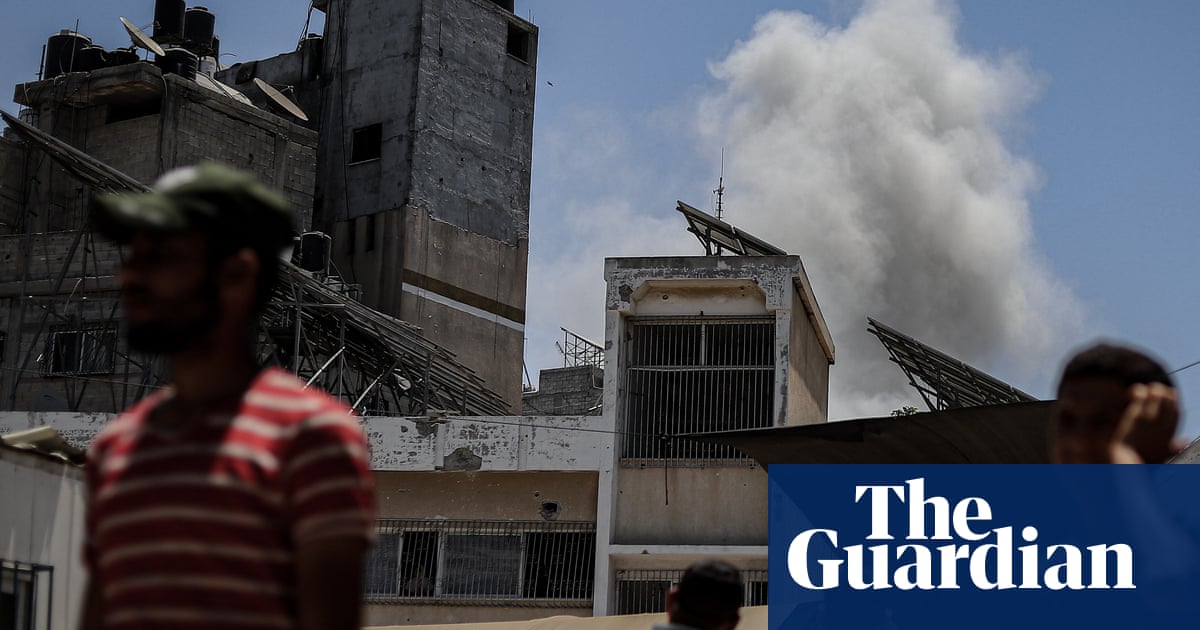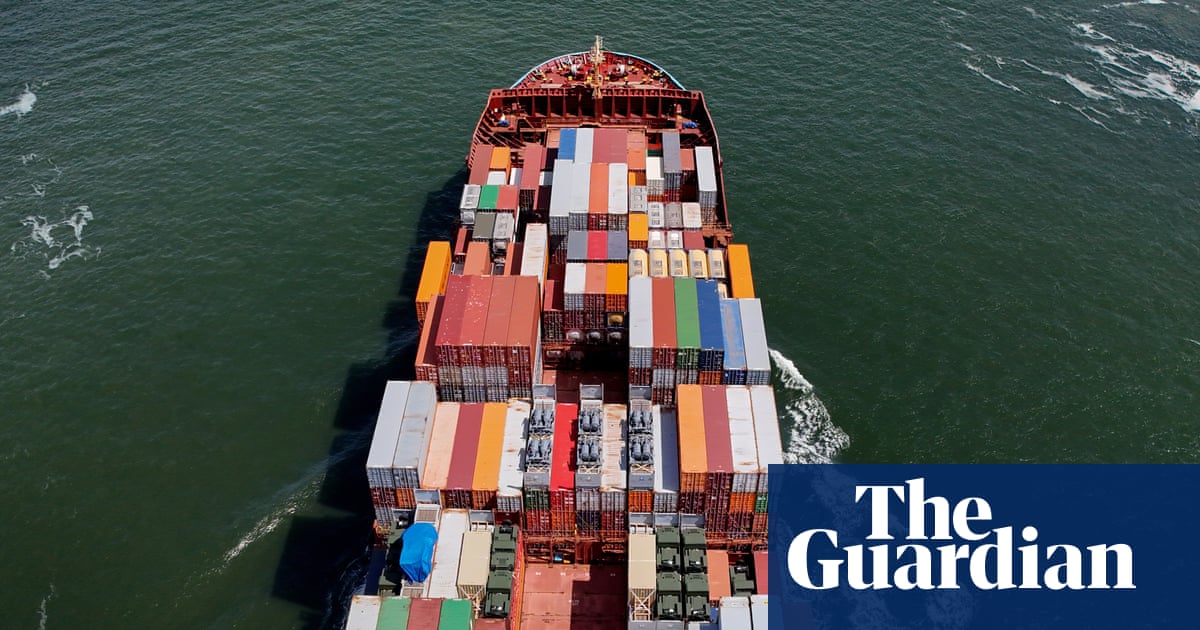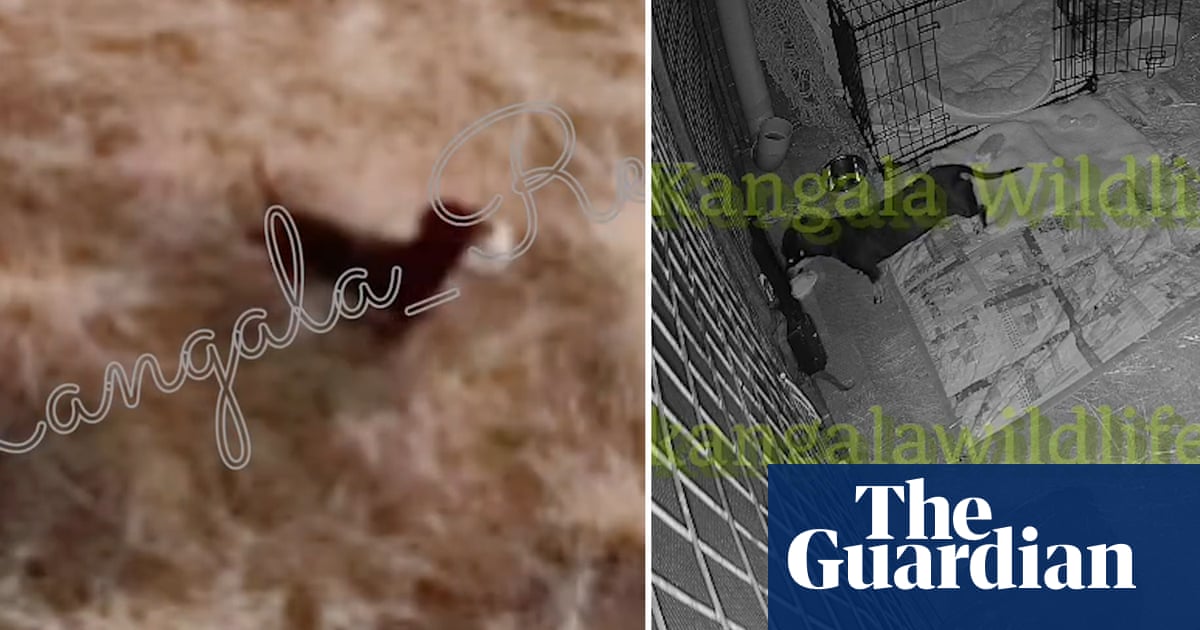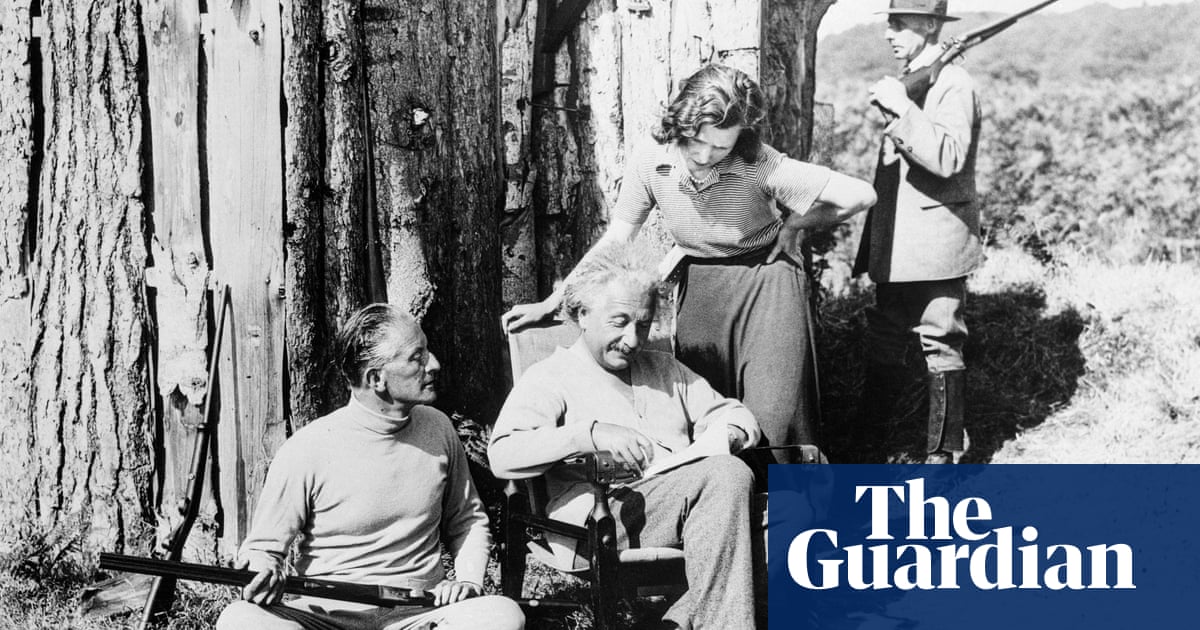Many are those rescued from Munga-Thirri-Simpson Desert – in what is normally the dust bowl of outback Queensland – who have sunk wheels in a sand dune, busted tyres upon gibber rock or even been bogged in the mud left by a sudden downpour. But Tony Woolford is among a far more exclusive club.
In fact, the 66-year-old South Australian may well be the first person ever plucked by helicopter in this, one of the driest places on Earth, from flood waters.
At least, that is according to the man who coordinated his rescue, Don Rowlands.
A lifelong resident of Birdsville – the iconic gateway town to the Simpson – Rowlands has seen “stacks” of rescues in Queensland’s outback south-west over his 31 years as a desert ranger.
“A lot of them having troubles now when these new fang-dangled computers throw in the towel,” the 76-year-old Wangkangurru Yarluyandi elder says.
“Computers in the cars, you know, just some little thing goes wrong and you can’t get them to go again.
“But anyone rescued from floods in the desert … no, not that I can recall.
“I think this is the first you know?”
It certainly won’t be an experience Woolford will forget in a hurry.
When heavy rain turned the Madigan Line track he was driving to mud, Woolford was stranded in his 4WD for five days, watching the rising flood waters come to within a metre of his refuge before he was airlifted to safety.
“I thought I would float away,” he told the national broadcaster after his rescue last week.
Had he done so, perhaps he would have ended up in Kati Thanda-Lake Eyre.
With vast swathes of outback Queensland inundated and many places receiving more than a year’s worth of rain in a matter of days, flood waters are gradually making their way to the lowest place in Australia – that arid salt pan is set to transform into ephemeral lake.
As those flows pass towns and cattle and sheep stations – normally isolated by desert, plain and sheer distance – many sit as islands in a muddy sea.
Birdsville has been cut off for more than a week, Rowlands said, and on Tuesday, the town was preparing for flood waters to rise once more as the remnants of ex-tropical cyclone Dianne wash into Queensland from the west.
But “no one is complaining”, he said. Food was being flown in weekly from Boulia, almost 400 kilometres to the north. The town’s iconic pub was not going to run out of beer – they have their own plane.
The situation for others was more dire. At least one dad did a school run to the town of Jundah, more than 450km to the east of Birdsville, in a tinnie last week. Days later, at least 25 people were airlifted from the town in helicopters as the Thomson River burst its banks.
Adavale, about 195km further to south-east was also evacuated.
Mayor of the neighbouring Longreach shire, Tony Rayner, said his council was providing refuge for those who fled Jundah – while make their own flood preparations.
“The situation there is really unprecedented, and we’ve been helping as much as we can to receive evacuees and assist with resupply,” he said. “There’s a lot of water up there”.
Rayner said the full effects of the flood would not be known for weeks.
But early estimates from the Queensland Department of Primary Industries (DPI) were already pointing to potentially devastating loss of cattle and sheep.
The DPI said that estimates from Monday afternoon indicated more than 105,000 livestock were missing or dead – and that figure was set to rise.
Rayner said “significant stock losses for western Queensland” would “have an impact on every community out here”.
“Not only economically, but psychosocially – we’re already getting reports of landholders that are struggling mentally with the prospect of what they know is to come,” he said.
“The trauma isn’t just damage to homes and possessions – it’s losing beloved animals, generations of blood lines, and in some cases faithful companions.”
A clearer picture may begin to emerge later this week, according to Miriam Bradbury from the Bureau of Meteorology.
The senior meteorologist said the rain was continuing to fall in many places on Tuesday, prolonging a weather event that officially began on 23 March as an inland low that dragged monsoonal rain from the tropical north to the arid south, but has been complicated by the likes of Dianne.
“From the 23rd onwards we’ve seen huge amounts of rain falling across western and inland Queensland,” Bradbury said.
“Across some parts of southern and south west Queensland, several locations have exceeded their annual average rainfall in just a three-day period.”
The meteorologists said most areas under flood warnings should see widespread clearing of skies by Thursday, but that forecasting the rain had been made “so challenging” by “one rainfall event flowing into the next”.
“For places around Birdsville those rivers are still rising … and have actually seen multiple flood peaks move through,” she said.
“It rises, it comes down a little, and then it rises again as that next bout of rain moves through the catchment.
“That’s certainly caused massive and long lasting disruption”.
While the channel country of the outback south west was used to periodic flooding, Bradbury said such a “huge amount of rain” over a period of days “sets this apart from other events”.
“That’s what is going to make it remembered very distinctly,” she said.
But amid the challenges and the loss, Rowlands said the normally dusty flood plains around his home town were already lush and green and “pretty magic”.
And when the waters do recede, he expects these landscapes, normally among the harshest in the world, to explode with life.
“Mate the country will be like a garden,” he said.
“It’ll be a sea of flowers”.

 3 months ago
45
3 months ago
45

